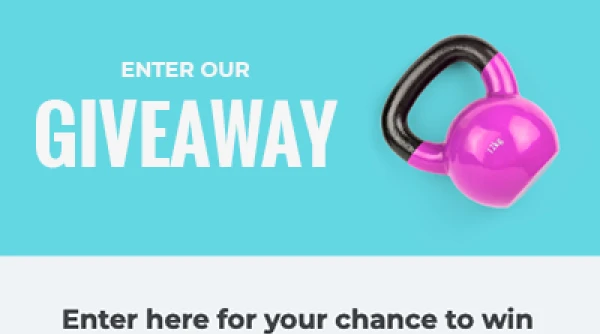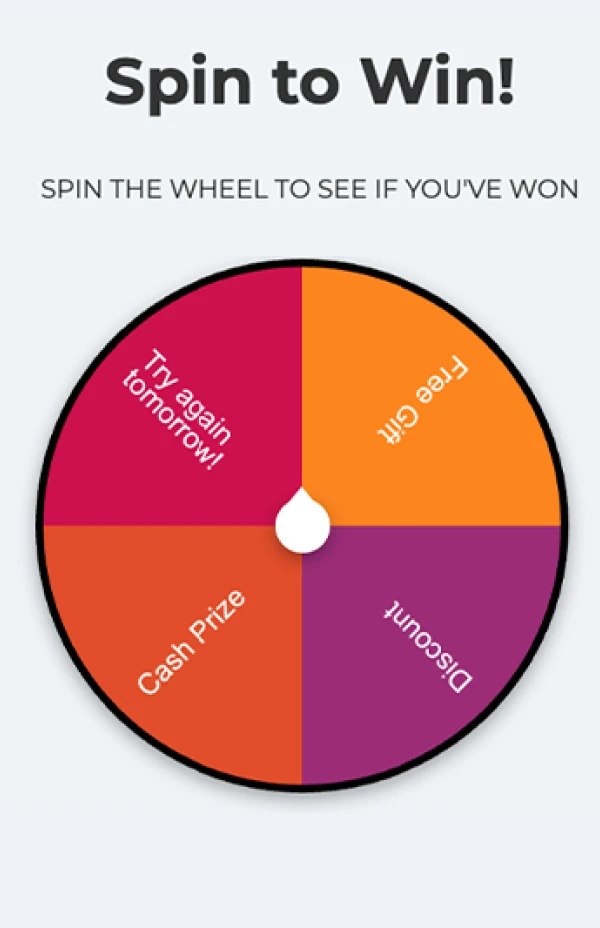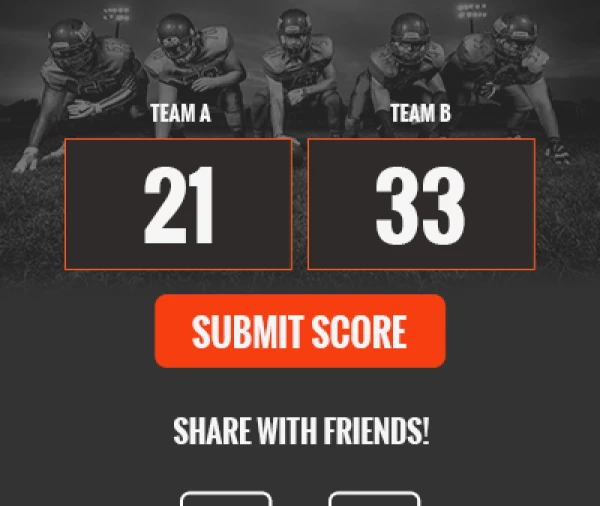The beginning of a new year comes with exciting opportunities…It’s a fresh start. A time to reflect, reset, and create ambitious goals for your business.However, when the “ball drops” and the clock strikes 12 on New Year’s Eve, the last thing you want is for your marketing to grind to a halt.Subconsciously, we emit a sigh of relief when the chaos of the holiday season comes to an end. The hard work has been done; Black Friday, Christmas, and New Year’s Eve are all in the past for another year and you can relax, right?Not if you want 2022 to be your biggest year yet…Isn’t that what you want?When the ball drops and 2022 begins, it’s time to ramp up your marketing efforts and engage the leads you collected during the holiday season.Here’s a step-by-step process for doing so:
Step 1 - Analyze your data
The lead data you gather during the holiday season is a powerful lifting-off point for the year of opportunity ahead. Not only will this data help you better understand your customers and their buying preferences, but it will help shape the way you market to them and the products you create in the future.Take some time to analyze all of the valuable data you have collected in the 4th quarter of 2021 with the goal of developing insights that will guide your marketing strategy.Here are some key data points that are worth digging deeper into:
- Product sales - The most obvious place to start is with your product sales from the holiday season. Customers can be easily grouped based on the products they purchased, but you can get even more granular with this data to connect commonly paired products and understand how your customers like to shop. For example, Woocommerce allows you to easily look at sales by product and category:

eCommerce sales statistics.
- Website activity - Most CRMs provide website tracking activity on contacts. Analyzing the behavior of your leads on your product pages, blog articles, and other website pages can be extremely insightful. You can combine this activity with data from Google Analytics, for example, to compare the behavior of your leads with the average behavior of all site visitors. As well, you can create highly targeted groups of leads that take certain actions or visit a specific group of pages on your website. This will allow you to draw connections between website behavior and sales.
- Acquisition channels - Where do your leads come from? You may like to conduct an analysis of your lead acquisition channels so you can determine the most effective way to generate leads in 2022. For example, perhaps social media channels collect more leads than search engines. Or, you may discover that even though social media channels collect more leads than search engines, the leads you attract from search engines are more likely to become customers.
- Email behavior - After you collect a lead, how do they then interact with your email marketing campaigns? It’s likely that you have a range of email activity, both automated sequences and standalone broadcasts. Which emails are getting the most opens, clicks, and unsubscribes? Each of these data points, when looked at over time, can reveal important insights about your email marketing. A tool like ActiveCampaign, provides in-depth data on all contact activity:

Marketing data about email behavior.
- Customer service interactions - The final data point I’d recommend analyzing is your customer service interactions. These are the conversations leads are having with your team; whether they are on chat, social media, email, or phone. Much like email activity, your customer service interactions will provide interesting data points and qualitative information that you can use to improve your conversion rates in the new year.
After collecting and analyzing these data points separately, look to combine each of them to create threads of insight. You may, for example, uncover valuable connections between the pages a lead visits on your website and the products they purchase. This is where the real value lies because you can utilize this information to better nurture leads in the future.
Step 2 - Segment your leads
After analyzing the lead data you have available, it’s a great opportunity to segment your leads into smaller groups or clusters. Creating clusters of leads enables you to deliver highly personalized and relevant content, offers, and products to these groups.The way you segment your leads will depend on the data you have and the objectives of the segmentation. But here are a few examples of how you could group your leads:
- Purchase behavior - There are numerous ways you can group customers based on their purchase behavior. For example, you could identify customers who have made more than one purchase from your business, or categorize purchases based on the type of products. Consider how you plan on using this information as you create these groups.
- Website activity - Grouping holiday leads based on their behavior on your website can be a very interesting activity. You may, for example, want to know which leads have visited a specific product page and progressed to the shopping cart, but didn’t check out. These prospects can be re-engaged with targeted messaging to convert them into customers.
- Level of engagement - A common way to segment holiday leads is by the level of engagement they have shown. This is usually achieved with what is known as lead scoring. Basically, you assign points to certain actions taken by a lead and then group those leads based on the points they accrue. A lead with fewer points would be considered “Cold” and a lead with more points would be considered “Hot.” Points are accrued for activities such as email opens, clicks, website page views, etc. To learn more about lead scoring, watch this video from HubSpot:
- Interests - Lead segmentation based on interests is another way you can group your prospects. This is most commonly used as a method of segmentation when leads are interacting with different forms of content, such as email campaigns and blog posts, created as free resources by your business. You can group holiday leads based on the type of content they consume and determine the interests they have, further tailoring your content in the future accordingly.
Segmenting your audience is an important step in the process of engaging with leads because it empowers you to deliver relevant and personalized communication that will resonate with your prospects.
Step 3 - Personalize your marketing
Now that you have collected, analyzed, and segmented all of this data on your leads, what’s next?It’s time to personalize your marketing.Marketing personalization is hardly a new concept, but consumers are expecting more and more personalization by the day. Shockingly, 70% of brands fail to personalize emails and yet emails that include some form of personalization receive six times higher purchase rates.So, how can you personalize your marketing in 2022 based on the lead data collected from the holiday season? Here are 4 things you can do:
- Create and distribute relevant content - Content marketing is an effective way of building trust and credibility with your holiday leads. The more relevant and personalized the content you create for your audience, the more it will resonate with them and attract their attention to your business. This keeps you top-of-mind. By analyzing your leads’ interests, website behavior, email activity, and purchase history, you can plan hyper-targeted content campaigns that are more likely to strike a chord.
- Design and launch new products - Instead of launching products based on the instincts and expertise of your team, why not launch something that you know your customers will want? On top of the data you have already collected, you may like to survey holiday leads and find out exactly what it is they are interested in. Launching a new product based on real data and research is a great way to generate engagement and a spike in sales at the beginning of the year.
- Personalize email campaigns - Having segmented your leads into clusters based on certain characteristics they share, you should then aim to personalize your email campaigns at every opportunity. At a minimum, this means sending only relevant messages to your new lead groups based on the reason you have grouped them. However, you can take this up a level again with advanced personalization techniques; such as custom fields, parameters, and even personalized images:

An example of image personalization in an email.
- Develop compelling offers and promotions - If you plan on running flash sales, contests, or other promotions in the new year, why not customize them based on the lead segments you create? All it takes is a subtle variation on prizes in a contest or the category of products you discount when contacting each lead segment, and you will significantly increase engagement levels.
If you go to the effort of analyzing and grouping your lead data, you may as well use it to improve your marketing efforts with personalization. The level at which you personalize is up to you.
Conclusion
When the ball drops and 2022 begins, how will you hit the ground running?
The ideas provided in this post are a great starting point, but it’s how you take action that really matters.The punchline is this…Use the data you have to personalize your marketing.
If you do even a fraction of the tactics discussed above, 2022 could be a great year for your business.
About the author
Will Blunt is the founder of Sidekick Digital by Will Blunt - B2B Marketing Expert - Sidekick Digital, a publishing business that launches, manages, and grows brands with content marketing.
Recent posts
Go back to blogGet marketing tips straight to your inbox
Launch an irresistible giveaway. Get started for free.
Join 630.000+ marketers that are boosting engagement and sales.













